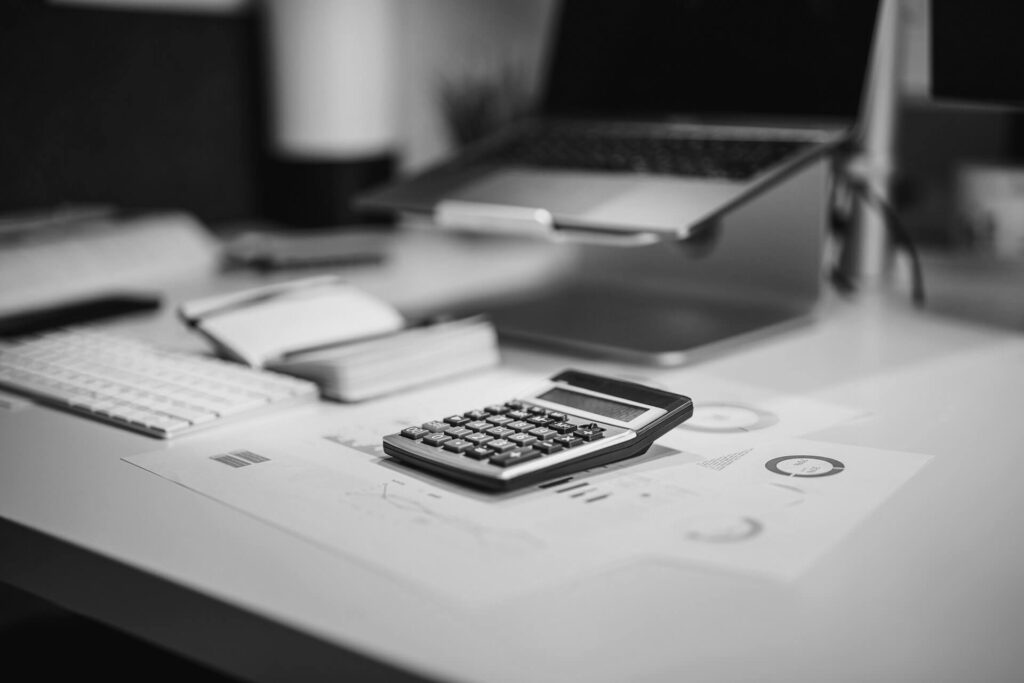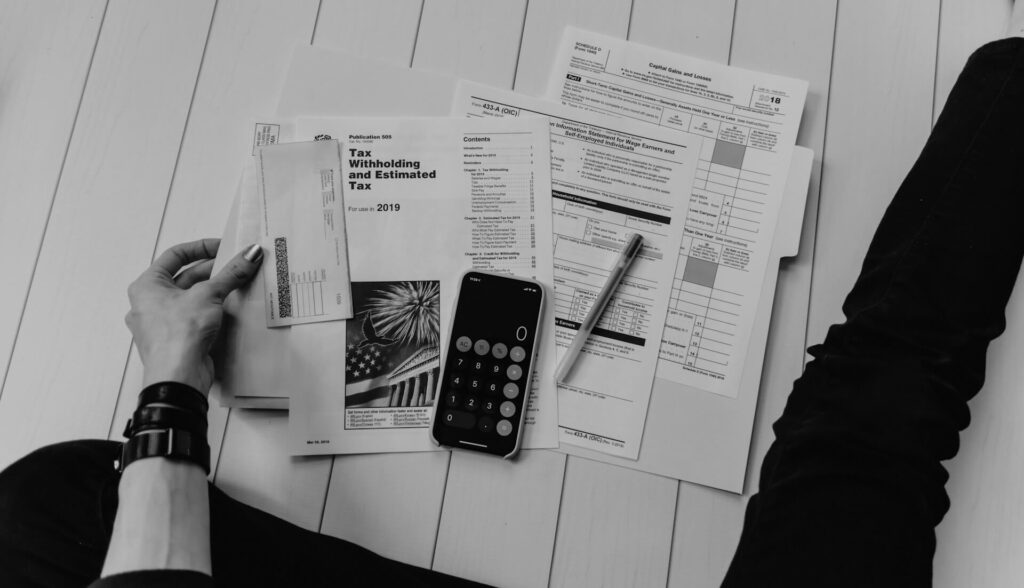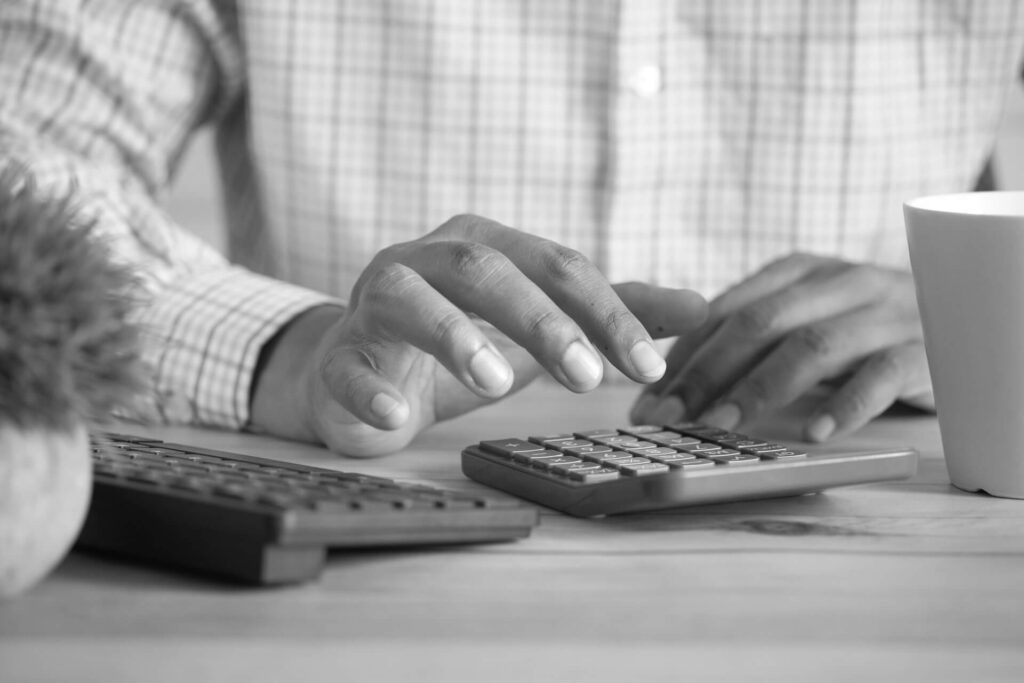How Do I Handle VAT on International Invoices?

The Complexity of VAT for International Invoicing
Managing VAT on international invoices is one of the most common stumbling blocks for UK businesses engaged in cross-border trade. Different countries apply varying VAT rules based on transaction type, customer status and supply location. Misunderstanding these rules can result in overcharging or undercharging VAT, compliance breaches, and even financial penalties during audits. Ensuring your invoice processing is fully compliant is crucial when dealing with international sales.
When to Charge VAT on International Invoices
Supplying Goods to Businesses Outside the UK
For B2B sales of goods to EU businesses, UK suppliers can typically zero-rate the invoice if they obtain valid proof of export and the buyer’s EU VAT number. For non-EU countries, goods are treated as exports and therefore generally qualify for zero-rating, provided you can document the export. Without proper evidence, you risk incorrectly applying VAT or facing penalties during an audit by HMRC.
Supplying Services Internationally
When supplying services, the “place of supply” determines whether UK VAT is due. For B2B services, the reverse charge mechanism often applies, meaning the buyer accounts for VAT in their country of operation. For B2C services, UK VAT usually applies unless special provisions, such as the VAT One Stop Shop (OSS) scheme, are in place for digital services.
B2C vs. B2B: Knowing the Difference Matters
Customer type significantly affects how VAT is applied. B2B transactions often fall under reverse charge rules or can be zero-rated, while B2C sales may require charging VAT at the customer’s local rate. Digital services provided to EU consumers fall under special rules where businesses must either register for local VAT or use the OSS scheme to simplify compliance.

Invoicing Requirements for International Sales
What to Include on a Cross-Border Invoice
Cross-border invoices should clearly display the buyer’s VAT number, where applicable. Include specific wording such as “reverse charge applies” when appropriate. Also show the currency used and, if relevant, the exchange rate applied. Transparency here ensures clarity for both parties and supports correct VAT treatment.
Supporting Documentation and Record-Keeping
For zero-rated goods, you must retain proof of export, such as shipping records and customs declarations. For services, it is important to maintain a detailed audit trail showing what was supplied, to whom, and under what terms. Good record-keeping is a vital part of compliant invoice processing and helps protect against future VAT disputes.
Post-Brexit Considerations for EU Transactions
How UK-EU VAT rules have changed
Post-Brexit, goods shipped from the UK to the EU are treated as exports. UK VAT is no longer charged if zero-rating conditions are met. Services are governed by existing place of supply rules, with B2B services often falling outside the scope of UK VAT.
EORI numbers, customs and declarations
UK businesses exporting goods to the EU must now have an EORI number and complete customs declarations. Invoices must reference these documents and align with customs paperwork to ensure consistency and compliance.
EU VAT registration thresholds for digital goods
UK businesses selling digital products to EU consumers must monitor each country’s VAT registration threshold. If the threshold is exceeded, they must register for VAT in that country or opt for OSS registration to simplify reporting and payment.
Common Scenarios and How to Handle VAT
Selling Goods to an EU Business (B2B)
You can zero-rate the invoice if the customer provides a valid EU VAT number and you hold evidence of export. Make sure your invoice clearly states the zero-rating and complies with local invoicing rules.
Selling Services to a US Client (B2B)
Services supplied to a US business are generally outside the scope of UK VAT. You should not charge UK VAT but must document the client’s business status and the nature of the supply.
Selling Digital Products to an EU Consumer (B2C)
You must charge VAT at the rate applicable in the consumer’s country of residence. The OSS scheme allows you to manage VAT reporting for multiple EU countries through a single UK registration.
Buying Services from an Overseas Supplier
In this scenario, the reverse charge mechanism typically applies. You account for VAT on your own UK VAT return, even though the supplier does not charge UK VAT on the invoice.

Mistakes to Avoid with International VAT
Charging UK VAT when not required
Applying UK VAT incorrectly to international invoices is a common error. Always check the place of supply and customer status before charging VAT.
Failing to verify customer VAT status
If you don’t verify a customer’s VAT number, you could misapply VAT. Always use the EU VAT checker and retain proof of verification.
Incomplete invoice information
Missing required details – such as VAT numbers, reverse charge statements or exchange rate disclosures – can trigger compliance issues. A well-structured invoice processing workflow helps avoid such errors.
Helpful Tools and Resources
HMRC VAT notices
HMRC provides a series of detailed VAT notices, including Notice 703 for exports and Notice 741A for place of supply of services. These are vital resources for ensuring your invoice processing is accurate.
EU VAT checker
The EU VAT checker allows you to confirm if a customer’s VAT number is valid. This helps you to determine the correct VAT treatment and supports your compliance records.
Accounting software with VAT rule automation
Modern invoice processing software can automate VAT handling based on transaction type, location and customer profile. This reduces the risk of errors and streamlines your cross-border invoicing process.
Calculate Your Automation ROI
Automation helps with the complexities relating to international VAT compliance. Use our free ROI Calculator to estimate how much time and cost you could save by automating your invoice handling process.
Based on automating invoices per year with Snowfox.
Navigating International VAT with Confidence
Handling VAT on international invoices requires a thorough understanding of VAT rules, diligent record-keeping and clear, compliant invoice processing. Use available tools to simplify your processes and consult experts when needed – especially for complex transactions. Staying proactive helps you minimise risk and maintain compliance.
International Invoicing FAQs
Do I charge VAT to EU businesses?
For goods, generally no UK VAT is charged if proof of export and a valid EU VAT number are provided. For services, reverse charge rules often apply.
What is the reverse charge and how do I apply it?
The reverse charge moves VAT reporting to the buyer. You should state “reverse charge applies” on your invoice and not charge UK VAT.Can I issue invoices in foreign currency with UK VAT?
Yes, but you must show the VAT amount in sterling using an appropriate exchange rate. Include both currencies and the rate on your invoice.